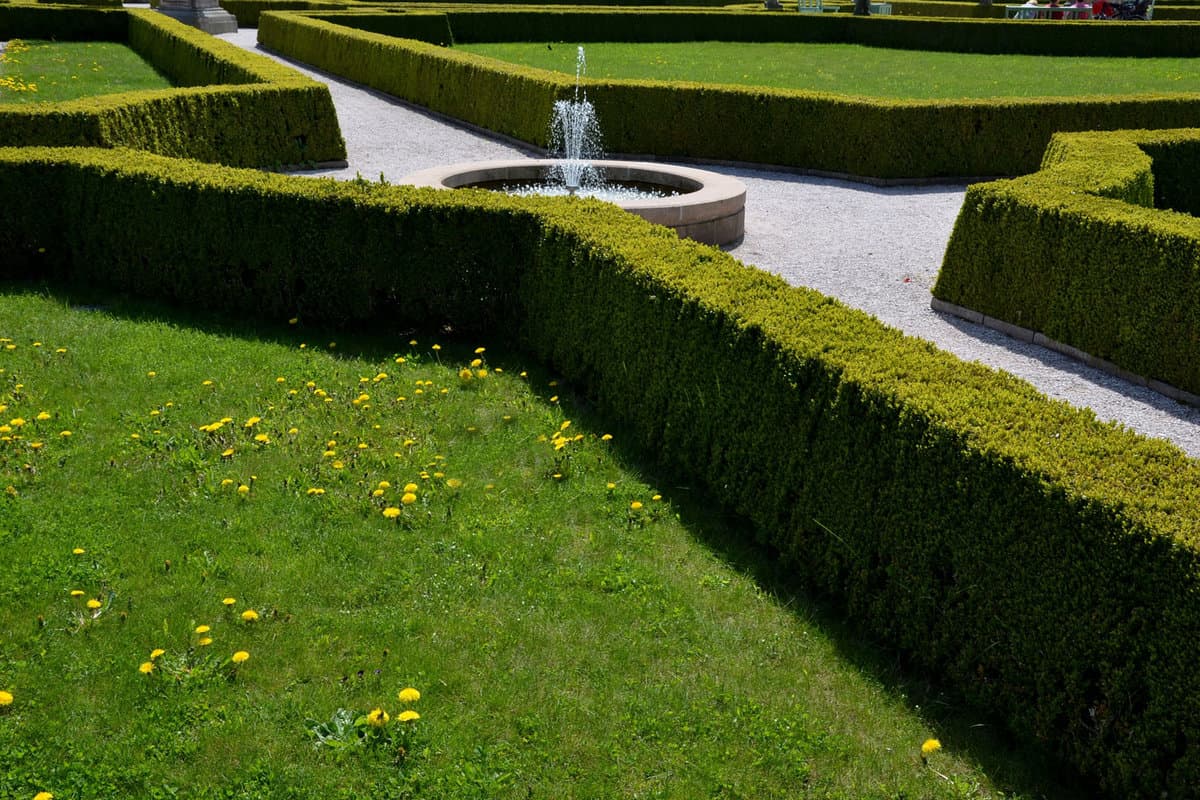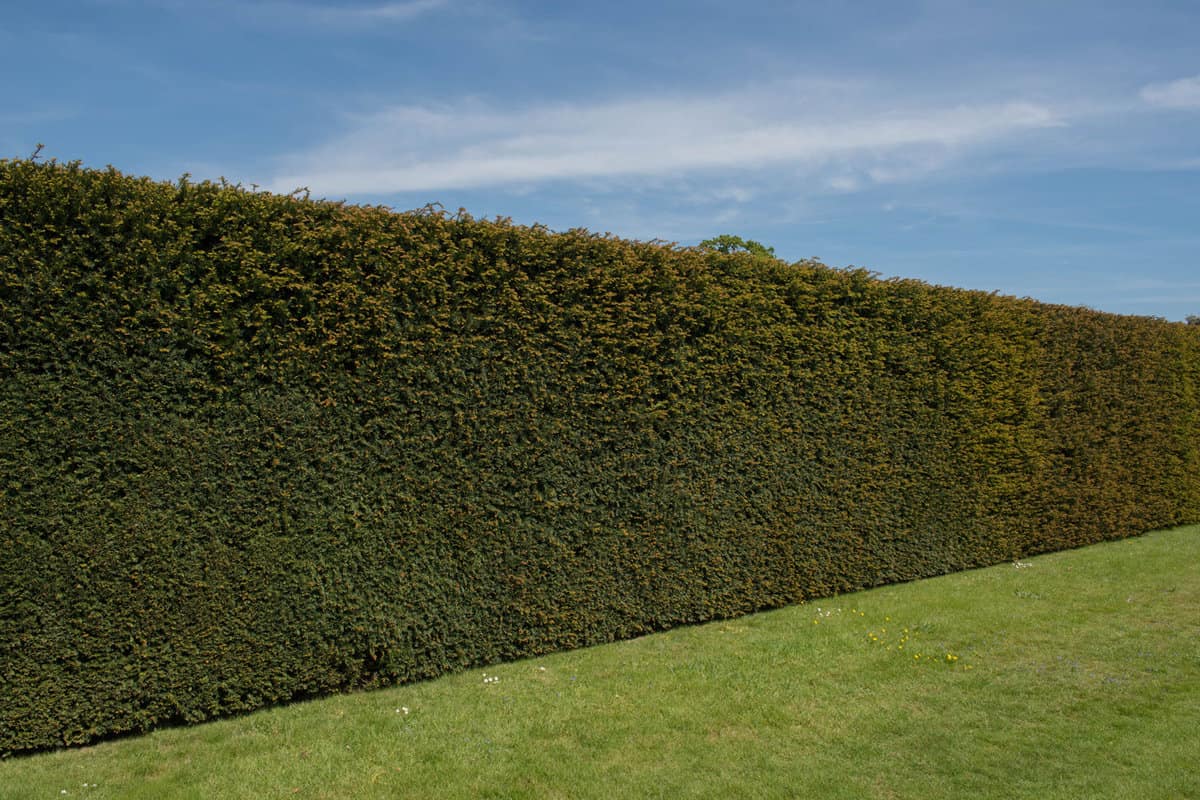Creating a lush and private landscape can be challenging if your garden receives limited sunlight.
The good news is there are hedge plants that thrive in shady areas and provide the perfect solution for a green and beautiful barrier.
Choosing the right hedge plants for shade is essential to ensure their survival and growth. With these shade-loving species in your garden, you can enjoy an attractive, verdant space even in less sunny areas.
The Importance of Hedge Plants for Privacy
Hedge plants play a vital role in creating a sense of privacy and tranquility in a landscape.
A well-chosen hedge can act as a natural barrier, offering protection from noise, wind, and even prying eyes.
Shade Tolerance
Selecting hedge plants that can grow in shady conditions is crucial for a thriving and successful landscape.
Lush Growth
Lush growth is another important factor to consider when selecting hedge plants for a shaded area.
Dense foliage not only contributes to the overall aesthetics of the landscape but also helps ensure maximum privacy. Lush growth can be achieved by incorporating plants adapted to low light conditions.
Top 5 Shade-Tolerant Hedge Plants
Ranging from the traditional boxwood to the more exotic Japanese aralia, these hedges are well-equipped to thrive in shady conditions.
1. Boxwood
Boxwood is a popular choice for hedges in shady gardens due to its dense foliage and ability to be easily trimmed and maintained.

These evergreen shrubs come in various sizes and can be grown in full sun to partial shade. For optimal growth, make sure the soil is well-drained and slightly acidic.
Keep in mind that boxwoods may be susceptible to pests like boxwood blight, so monitor their health closely.
Read more: What To Plant In Front Of Boxwoods [7 Colorful Options To Consider]
2. Cherry Laurel
Cherry laurel is an excellent choice for a shade-tolerant hedge. This evergreen shrub has glossy dark green leaves, white flowers in spring, and interesting red berries in the autumn.

Capable of thriving in a range of light conditions, from full sun to complete shade, cherry laurel requires well-drained, moist soil.
3. Japanese Holly
Japanese holly, often considered an alternative to boxwood, is another shade-tolerant hedge plant. This dark green evergreen provides a uniform shape when pruned, making it perfect for a tidy, structured hedge.

Japanese holly can grow in a range of light conditions and prefers well-drained, acidic soil. It is generally pest and disease resistant.
Learn more: How To Trim Holly Bushes With Hedge Trimmer [Step By Step Guide]
4. Yew
Yews are great for shady areas, offering year-round green foliage and a dense growth habit.

In addition to providing privacy in your landscape, yews are deer-resistant, making them an ideal option for gardens in areas with deer populations.
However, be cautious when planting yews around children or pets, as these plants are toxic if ingested.
5. Japanese Aralia
Japanese aralia, with its large, glossy, palm-like leaves, is a striking option for a shade-tolerant hedge.

This evergreen shrub thrives in partial to full shade and requires consistently moist, well-drained soil. Japanese aralia can reach heights of up to 6-16 feet, providing considerable privacy.
This plant is fairly low-maintenance and can provide a lush and exotic touch to your shaded garden space.
You might also like: Fill Gaps In Hedges – How To [Inc. Leylandii And Privet Hedges]
Planting and Caring Tips for Hedge Plants
Planting hedge plants in a shaded area can be a great way to create a lush and private landscape. In this section, we will discuss some general tips for planting and caring for hedge plants in shaded areas.
Soil preparation
Before planting, it's essential to test the soil to determine its composition and nutrient levels.
Based on the test results, you might need to amend the soil to improve drainage or add extra nutrients to promote healthy growth.
Planting
Dig a hole twice as wide and as deep as the root ball of your hedge plant. Place the plant in the hole, ensuring that the top of the root ball is level with the soil surface.
Backfill with the excavated soil and gently tamp it down to remove air pockets. Water the plant thoroughly to help settle the soil.
Watering
Newly planted hedge plants require more frequent watering than established ones. For the first 1-2 weeks after planting, water daily.
From weeks 3-12, water every 2-3 days, and after 12 weeks, water weekly until the roots are well-established.
Pruning And Shaping
To encourage bushy growth, prune young plants back to about three to five inches above the ground. Regular pruning will ensure a dense, compact hedge that provides privacy and a lush appearance.
In Closing
Finding the perfect hedge plants for shade can truly transform a landscape into a lush and private haven.
By selecting the right variety, homeowners can enjoy the benefits of attractive foliage, increased biodiversity, and the ideal level of privacy.
With careful planning and consideration, a beautiful, shady hedge can become the centerpiece of any outdoor space.
